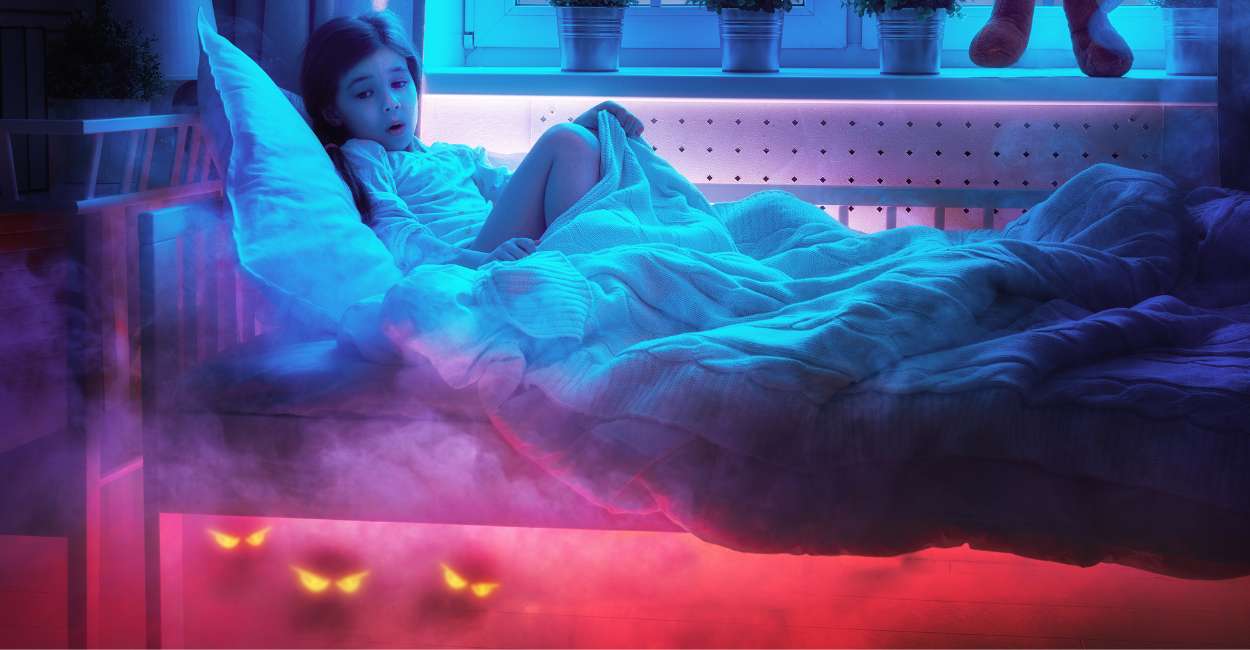Can your childhood affect your adulthood? Yes, the latest study published in The Lancet’s eClinicalMedicine journal says so, wherein it establishes that children between the ages of seven and eleven who experience frequent nightmares in childhood are likely to develop dementia and Parkinson’s disease in adult life.
This study was conducted by Abidemi I. Otaiku from the Department of Neurology, Birmingham City Hospital.Let’s explore the excerpts of the study.
What does the study highlight?
To conduct the study, the researcher used data from the well-known 1958 British birth cohort study, which followed the lives of all children born in England, Scotland, and Wales during the week of March 3–9, 1958.
The researcher grouped the 6,991 children based on how regularly they experienced bad dreams at ages seven and 11: “never,” “occasional,” or “persistent.”
Furthermore, statistical software was used to determine whether the children with more regular bad dreams were more likely to develop cognitive impairment or be diagnosed with Parkinson’s by the time they turned 50 (2008).
What are the results?
According to Abidemi Otaiku – “The results were clear,” as he states in an article about his findings. He says, “The more regularly the children experienced bad dreams, the more likely they were to develop cognitive impairment or be diagnosed with Parkinson’s disease.”
Of the participants, 78.2% never had distressing dreams (no time point), 17.9% had transient distressing dreams (1 time point), and 3.8% had persistent distressing dreams (2 time points).
Besides, the pattern was the same for both boys and girls, wherein children with persistent bad dreams were 76% more likely to develop cognitive impairment and 64% more likely to develop Parkinson’s.
“These results suggest that having regular bad dreams and nightmares during childhood may increase the risk of developing progressive brain diseases like dementia or Parkinson’s disease later in life. However, they also raise the intriguing possibility that reducing bad dream frequency during early life could be an early opportunity to prevent both conditions,” adds Abidemi.
Some key points
Abidemi also pointed out that these findings raise the intriguing possibility that reducing bad dream frequency during early life could be an opportunity to prevent both conditions. However, further studies are necessary to ascertain whether bad dreams and nightmares cause these conditions.
He added that though the findings look alarming, among the roughly 7,000 children, only 268 (4%) had persistent bad dreams, according to their mothers. Furthermore, only 17 had developed cognitive impairment or Parkinson’s disease by age 50 (6%).
So, there are chances that most people, despite having persistent bad dreams in childhood, may not develop early-onset dementia or Parkinson’s. However, now there is an awareness that bad dreams in childhood may signify a higher risk of dementia or Parkinson’s later in life.
Therefore, there is an opportunity to practice simple strategies to lower those risks.
Further studies
The next step in Abidemi’s research is to use electroencephalography to evaluate the biological reasons for bad dreams and nightmares in children. Because in the longer run, this objective will help develop new treatments for all people troubled by bad dreams and nightmares.

